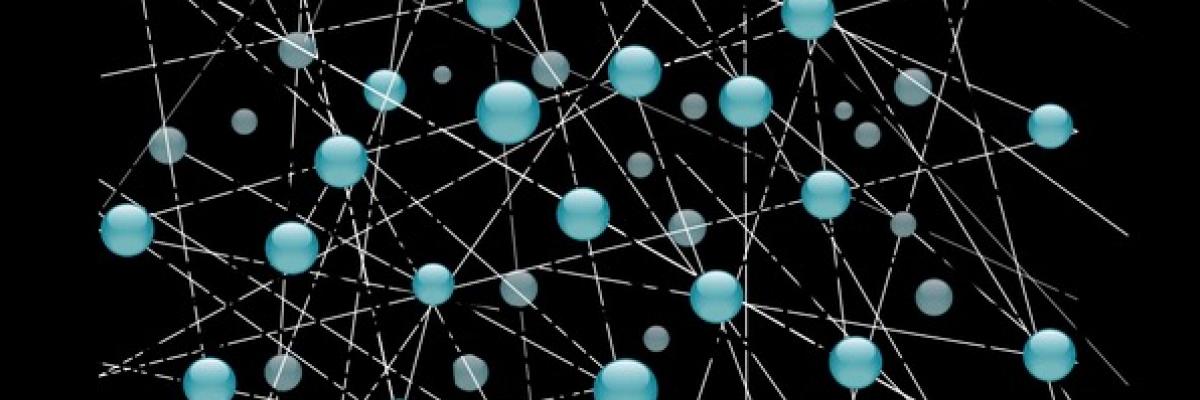

News
News Overview

Quantum Mechanics Runs Hot in a Cold Plasma
SBQMI researchers have found a new system that could help yield ‘warmer’ quantum technologies.
In the latest issue of Physical Review Letters, chemical physicist Ed Grant and theoretical physicist John Sous describe the results of an experiment in which laser pulses gently lift a large number of molecules in a gas of nitric oxide to form an ultracold plasma. The plasma, consisting of electrons, ions and Rydberg molecules (NO+ ions orbited by a distant electron), self-assembles and appears to form a robust many-body localized state. The researchers believe the plasma ‘quenches’ to achieve this state naturally, without needing a web of laser fields – no more ripping apart.
Just as importantly, the system doesn’t have to start at a temperature near absolute zero. The mechanism of self-assembly operates naturally at high temperature, seemingly leading to a spontaneous state of many-body localization.
“This could give us a much easier way to make a quantum material, which is good news for practical applications,” says Grant.